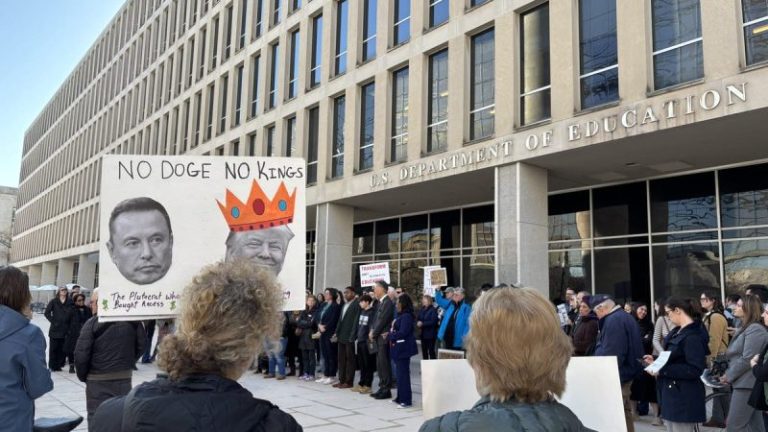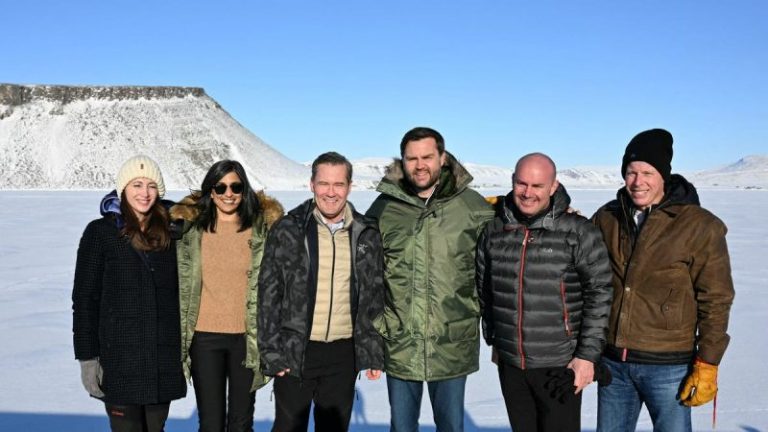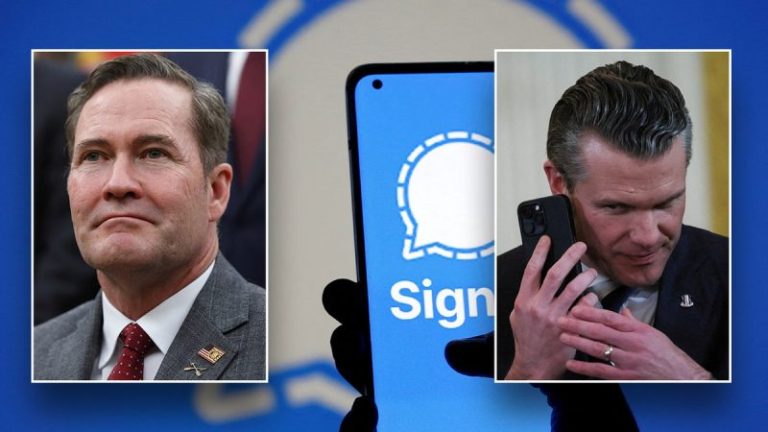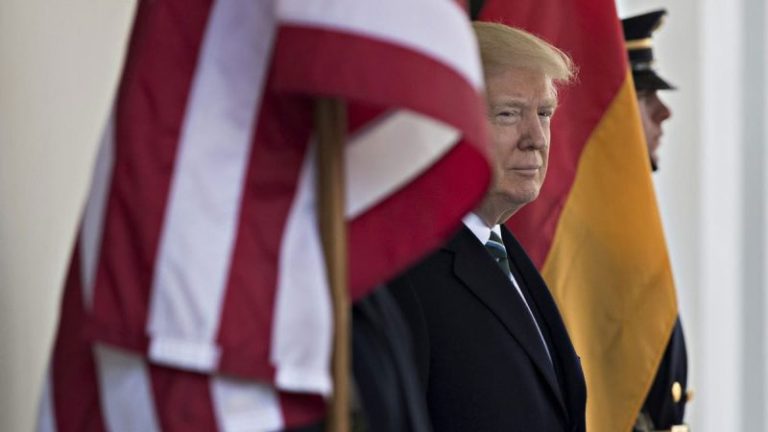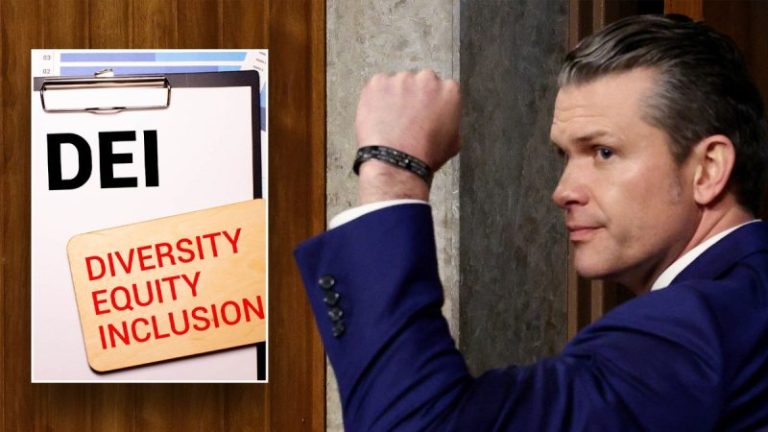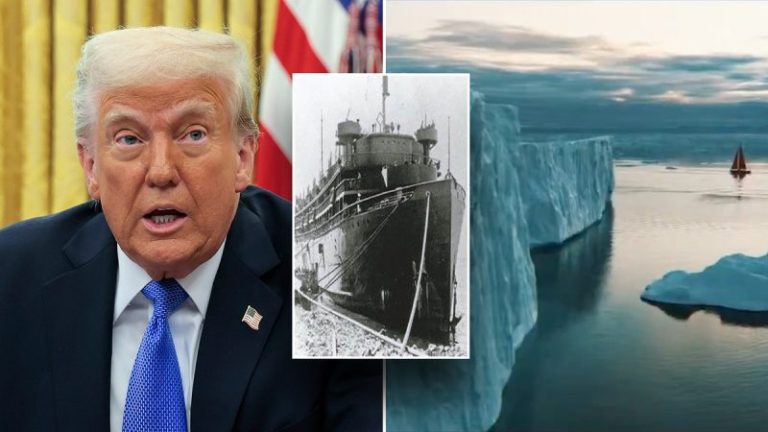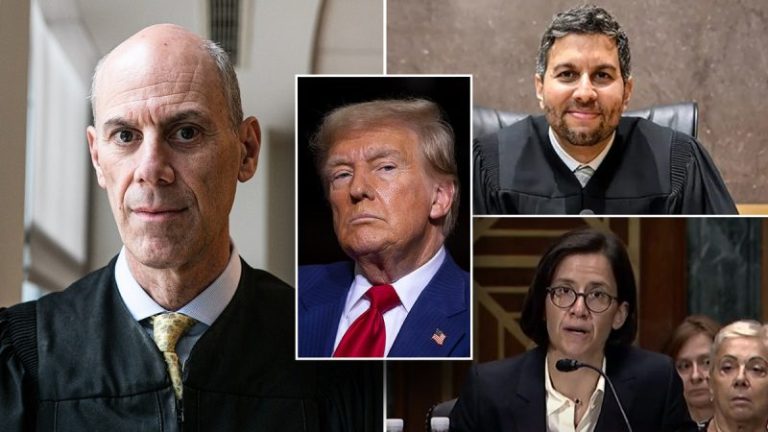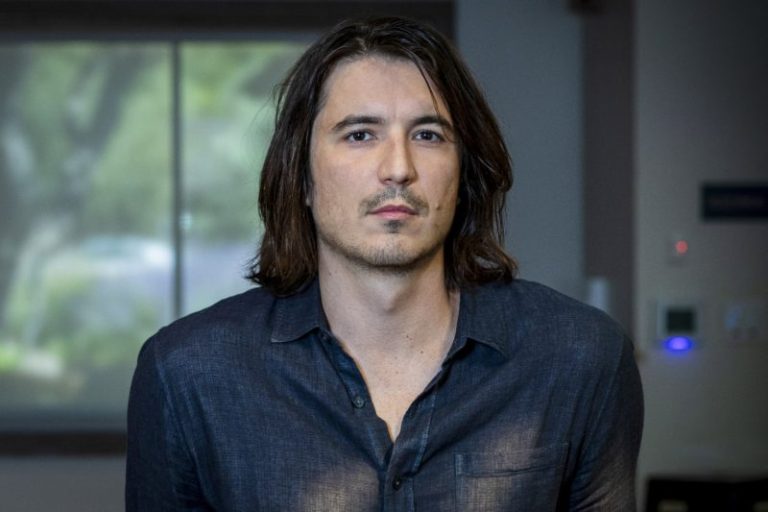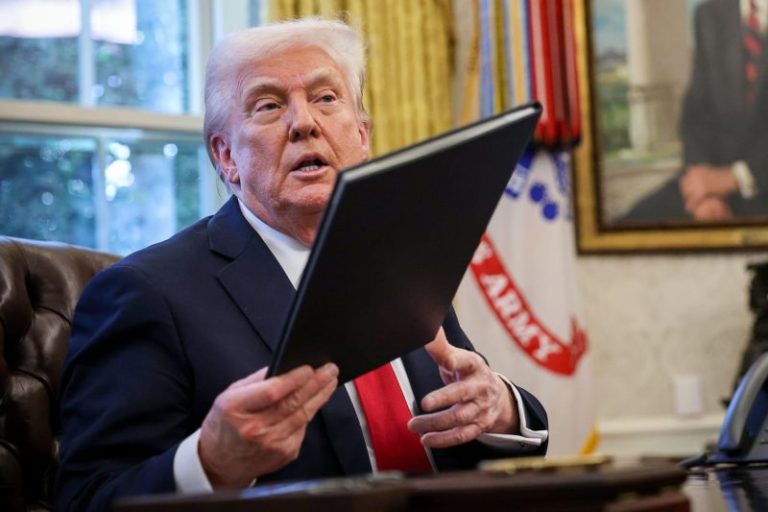As federal judges exceed records with an onslaught of nationwide orders blocking President Donald Trump’s orders, some have revisited how each was confirmed, and whether Republicans could have foreseen their rulings or done anything more to block them.
Sen. Josh Hawley, R-Mo., a member of the powerful Senate Judiciary Committee, told Fox News Digital in an interview, ‘This is why I think I voted against every Biden judge.’
He acknowledged that many of the judges in question were confirmed before his time, given he was first elected in 2018.
‘People said to me, ‘Why don’t you ever vote for any of Biden’s judges?” he said. ‘This is why.’
‘Because if they’re not faithful to the rule of law, then you can bet they’ll just be looking for opportunities to intervene politically.’
Since Trump entered office, he has faced a slew of nationwide injunctions to halt actions of his administration, which exponentially outweighs the number his predecessors saw. So far in his new term, the courts have hit him with roughly 15 wide-ranging orders, more than former Presidents George W. Bush, Barack Obama and Joe Biden received during their entire tenures.
Some of those who have ordered the Trump administration to halt certain actions are U.S. District Judges James Boasberg, Amir Ali, Loren AliKhan, William Alsup, Deborah Boardman, John Coughenour, Paul A. Engelmayer, Amy Berman Jackson, Angel Kelley, Brendan A. Hurson, Royce Lamberth, Joseph Laplante, John McConnell and Leo Sorokin. There are 94 districts in the U.S. and at least one district court in each state. These courts are where cases are first heard before potentially being appealed to higher courts.
Several of these judges were confirmed in the Senate in a bipartisan manner, and some even prevailed with no opposition. There were others who were opposed by every Republican senator.
One of the most controversial judges, Boasberg, known for blocking a key immigration action by the Trump administration, was confirmed by a roll call vote after being nominated by Obama in 2011. The vote was 96-0 and no Republicans opposed him.
Former Trump attorney Jim Trusty told Fox News Digital, ‘I don’t think the Republicans ever expected quite the onslaught of lawfare that we’ve seen when President Trump is in office.’
‘The activist nature of some federal district court judges – issuing nationwide injunctions against the Executive Branch on a minute’s notice – is unfortunate and puts pressure on appellate courts, including SCOTUS, to fix these problems,’ he explained.
However, he said the real problem is ‘an army of lawyers’ who he said are trying to ‘bend and twist legal principles.’
‘They are spending their days devoted to stopping President Trump’s agenda even if it means siding with Venezuelan gang members who illegally entered the US,’ Trusty claimed.
Andy McCarthy, a former assistant U.S. attorney and a Fox News contributor, told Fox News Digital, ‘Republicans could have done a much better job blocking Biden’s judicial appointments.’
He pointed to Biden’s recent time as a lame-duck president, specifically referring to nominees that ‘squeaked by’ due to Republican absences.
‘Biden’s nominees were very radical and should have been opposed as vigorously as possible,’ he said. ‘These are lifetime appointments and the progressives filling these slots will be a thorn in the nation’s side for decades.’
However, former Deputy Assistant Attorney General John Yoo, made a point of saying, ‘There was no way to know how they would rule in future cases like these.’
He argued that senators can conduct their due diligence to the best of their abilities, but they can’t see into the future.
‘The Senate has the right to reject nominees whom it thinks will interpret the Constitution incorrectly, but nominees also have an obligation not to promise how they might rule on cases once they join the bench,’ Yoo said.
Thomas Jipping, senior legal fellow with the Edwin Meese III Center for Legal and Judicial Studies at the Heritage Foundation, noted to Fox News Digital that senators ‘can’t use the filibuster to defeat the judge,’ which makes blocking controversial nominees even more difficult.
‘The only way to actually defeat someone’s confirmation is to have the majority of the votes,’ he explained. ‘If Republicans are in the minority, there has to be at least a few Democrats voting against the Democratic nominee to defeat someone.’
Fox News Digital reached out to former Republican Senate Leader Mitch McConnell, R-Ky., and Senate Judiciary Committee Chairman Chuck Grassley, R-Iowa, to comment on how these judges were able to get confirmed.
The senators were asked if they were still happy with how the judges were confirmed and their individual votes. They were also asked whether there was anything alarming in the judges’ records and if Republicans did enough to block certain confirmations.
McConnell’s office pointed Fox News Digital to comments he made over the legislative recess at a press conference in Kentucky.
‘The way to look at all of these reorganization efforts by the Administration is what’s legal and what isn’t… they’ll be defined in the courts,’ he told reporters in response to the legality of potentially shutting down the Department of Education. ‘I can understand the desire to reduce government spending. Every Administration – some not quite as bold as this one – have tried to do that in one way or another. This is a different approach… and the courts will ultimately decide whether the president has the authority to take these various steps. Some may have different outcomes, I’m just going to wait – like all of us in effect are going to wait, and see whether this is permissible or not.’
Grassley’s office pointed to a previous statement from the senator’s spokesperson, Clare Slattery.
‘The recent surge of sweeping decisions by district judges merits serious scrutiny. The Senate Judiciary Committee will be closely examining this topic in a hearing and exploring potential legislative solutions in the weeks ahead,’ she said.
The committee has notably slated a hearing on nationwide injunctions for next week.
This post appeared first on FOX NEWS

